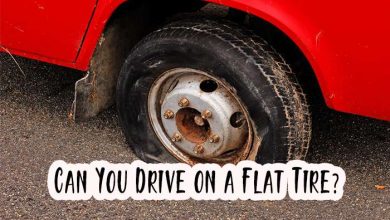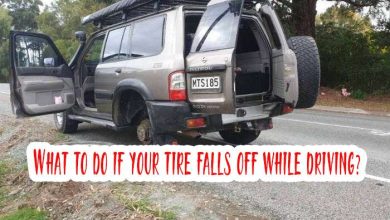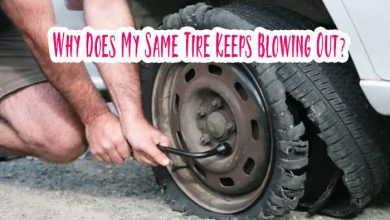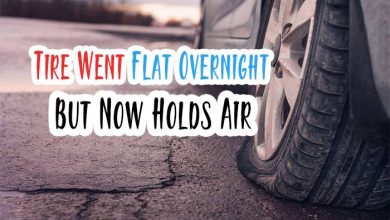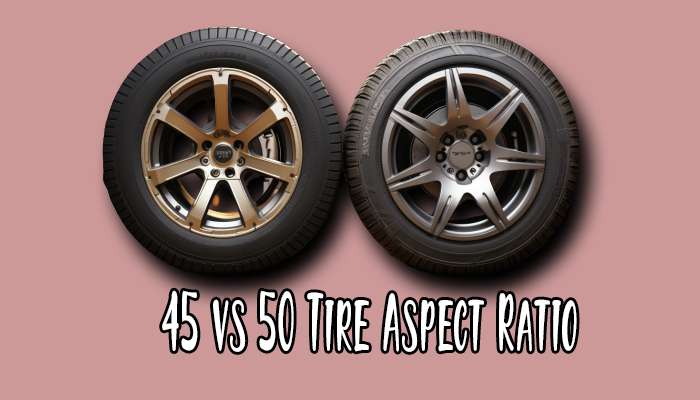How to Determine Tire Pressure for Aftermarket Tires? A Comprehensive Guide
If you’ve recently upgraded your vehicle with aftermarket tires, you’re probably wondering about the right tire pressure. I understand that tire pressure can perplex me, but fear not! I’m here to provide expert guidance.
In this blog post, I’ll walk you through the intricacies of determining the ideal tire pressure for your aftermarket tires while keeping it simple, actionable, and humorous. Read my recent post Do I Need to Replace Tires at 4/32?
Types of Aftermarket Tires
When it comes to aftermarket tires, it’s crucial to know that they come in various types. Understanding these different types is key to determining the correct tire pressure. Let’s break it down:
1. All-Season Tires
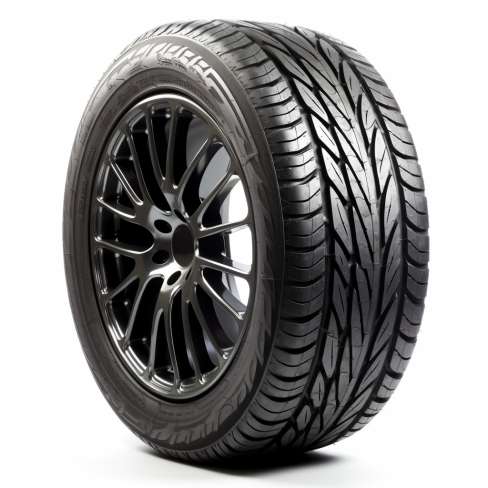
These tires are designed to handle various weather conditions, from dry roads to light snow. Since they are versatile, they often come with specific pressure recommendations you should follow to the tee.
2. Summer Tires
Summer tires are engineered for maximum grip and performance in warm weather. The recommended tire pressure for these tires ensures you get the most out of their traction on hot pavement.
3. Winter Tires
Winter tires are a must for those who face harsh winter conditions. They have unique tread patterns for improved traction on snow and ice. The right tire pressure for winter tires is crucial for safety and stability during the frosty months.
4. Performance Tires
If you’re a speed enthusiast, performance tires are your choice. These tires offer exceptional grip on the track and the street. Your tire pressure must align with the manufacturer’s recommendations to exploit its potential fully.
Now that you’re familiar with the aftermarket tire types let’s zoom in on the specifics of determining the correct tire pressure.
Related Post:
Can You Use Winter Tires In Summer?
How to Determine Tire Pressure for Aftermarket Tires?
Tire pressure isn’t a one-size-fits-all scenario. It depends on several factors, and here’s how you can determine the ideal pressure for your aftermarket tires:
1. Check the Manufacturer’s Recommendations
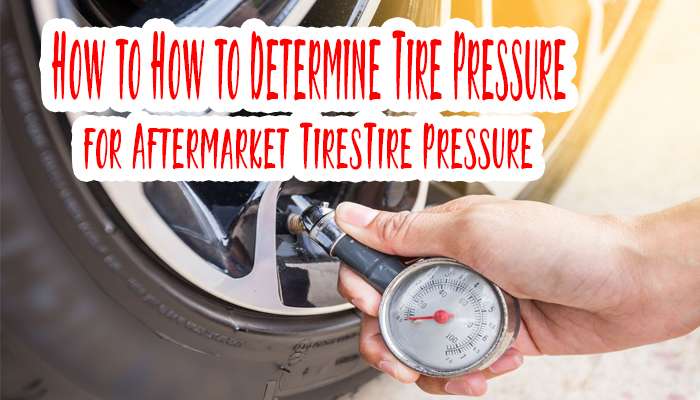
Your tire manufacturer’s recommendations are the first stop on your journey to the perfect tire pressure. These are typically found in your vehicle’s manual or on a sticker inside the driver’s side door jamb. They are your tire’s bible!
2. Consider Your Vehicle’s Weight
Tire pressure varies depending on your vehicle’s weight. If you’ve made modifications to your vehicle, like adding a heavy-duty bumper or a roof rack, consider that extra weight.
3. Temperature Matters
Remember, tire pressure is affected by temperature. Your tire’s air pressure can decrease by 1 PSI for every ten-degree Fahrenheit drop in temperature. So, in cold weather, you might need to add a bit more air.
4. Regularly Inspect Your Tires
Make it a habit to check your tire pressure at least once a month and before long road trips. A simple tire gauge can help you keep tabs on your tire’s health.
Read More: Do You Need to Balance Tires After Rotation?
5. Balance Front and Rear Tires
For most vehicles, the recommended pressure is the same for front and rear tires. However, some high-performance vehicles might have different recommendations. Always follow the manufacturer’s guidelines.
6. Tire Size Matters
Larger aftermarket tires might require slightly different pressures compared to smaller ones. Again, consult the manufacturer’s recommendations for your specific tire size.
Seasonal Considerations for Tire Pressure
The seasons have a significant impact on tire pressure. Let’s break it down season by season:
1. Spring and Summer
In warmer months, the air inside your tires expands as temperatures rise. This means you might need to release some air to keep your tires within the recommended pressure range. Remember, overinflated tires can lead to uneven wear and a harsher ride.
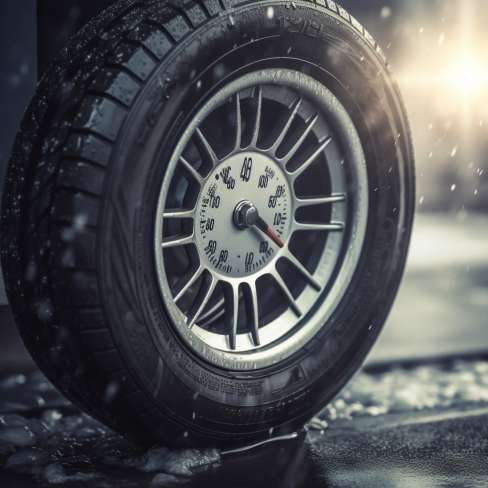
2. Fall
Fall is a transitional season; you should monitor your tire pressure closely. As the temperatures start to drop, you might need to add air to compensate for the natural decrease in pressure.
3. Winter
In winter, tire pressure is a critical safety factor. Cold weather causes the air inside your tires to contract, lowering pressure. Check your tire pressure regularly and add air as needed to ensure optimal traction and control in icy or snowy conditions.
4. Year-Round Monitoring
While these are seasonal guidelines, keeping an eye on your tire pressure year-round is essential. Regular checks and adjustments can prevent uneven wear and extend the life of your tires.
Frequently Asked Questions
What happens if I ignore tire pressure recommendations?
Ignoring tire pressure recommendations can lead to a host of problems. Overinflation can result in a harsh and uncomfortable ride, while underinflation can reduce fuel efficiency and cause uneven tire wear. In extreme cases, improper tire pressure can even be a safety hazard.
Can I use the same pressure for all aftermarket tires?
Not necessarily. The recommended tire pressure can vary depending on the type and size of your aftermarket tires. Always consult your tire manufacturer’s guidelines for the correct pressure for your specific tires.
Are there any differences in tire pressure for front and rear tires?
For most vehicles, the recommended pressure is the same for front and rear tires. However, some high-performance or specialty vehicles may have different recommendations. Always follow the manufacturer’s instructions.
How often should I check my tire pressure?
Regularly checking your tire pressure is essential for your safety and the longevity of your tires. It’s a good practice to check it at least once a month before embarking on long road trips.
Do bigger tires need more psi?
Not necessarily. The required tire pressure depends on your tires’ specific make and model. While larger tires might need slightly different pressures, following the manufacturer’s recommendations for your particular tire size is crucial.
Does tire pressure depend on tire size?
Yes, tire pressure can vary based on the size of your tires. Different tire sizes may have different pressure recommendations, so it’s essential to consult your tire manufacturer’s guidelines for the correct pressure.
Conclusion
In the world of aftermarket tires, determining the right tire pressure is essential for safety, performance, and longevity. Following your tire manufacturer’s recommendations, considering your vehicle’s weight and the season, and performing regular checks, you can keep your aftermarket tires in top shape.
So, the next time you hit the road with your upgraded wheels, you can do so confidently, knowing you’ve got the tire pressure dialed in just right. Happy driving!
Reference Link
For more in-depth information and tips on tire maintenance, be sure to check out this comprehensive guide: Tire Maintenance Guide.
Glossary
- Aftermarket Tires: Tires that are not the original equipment manufacturer (OEM) tires that came with your vehicle.
- PSI: Pounds per square inch, the unit of measurement for tire pressure.
- Traction: The grip or adhesion of a tire to the road surface.
- Lifespan: The duration for which a tire remains in good condition and safe to use.
- Underinflation: When a tire’s pressure is lower than the recommended level.
- Overinflation: When a tire’s pressure is higher than the recommended level.
- Tread Patterns: The specific design of the tire’s surface that affects traction and performance.
